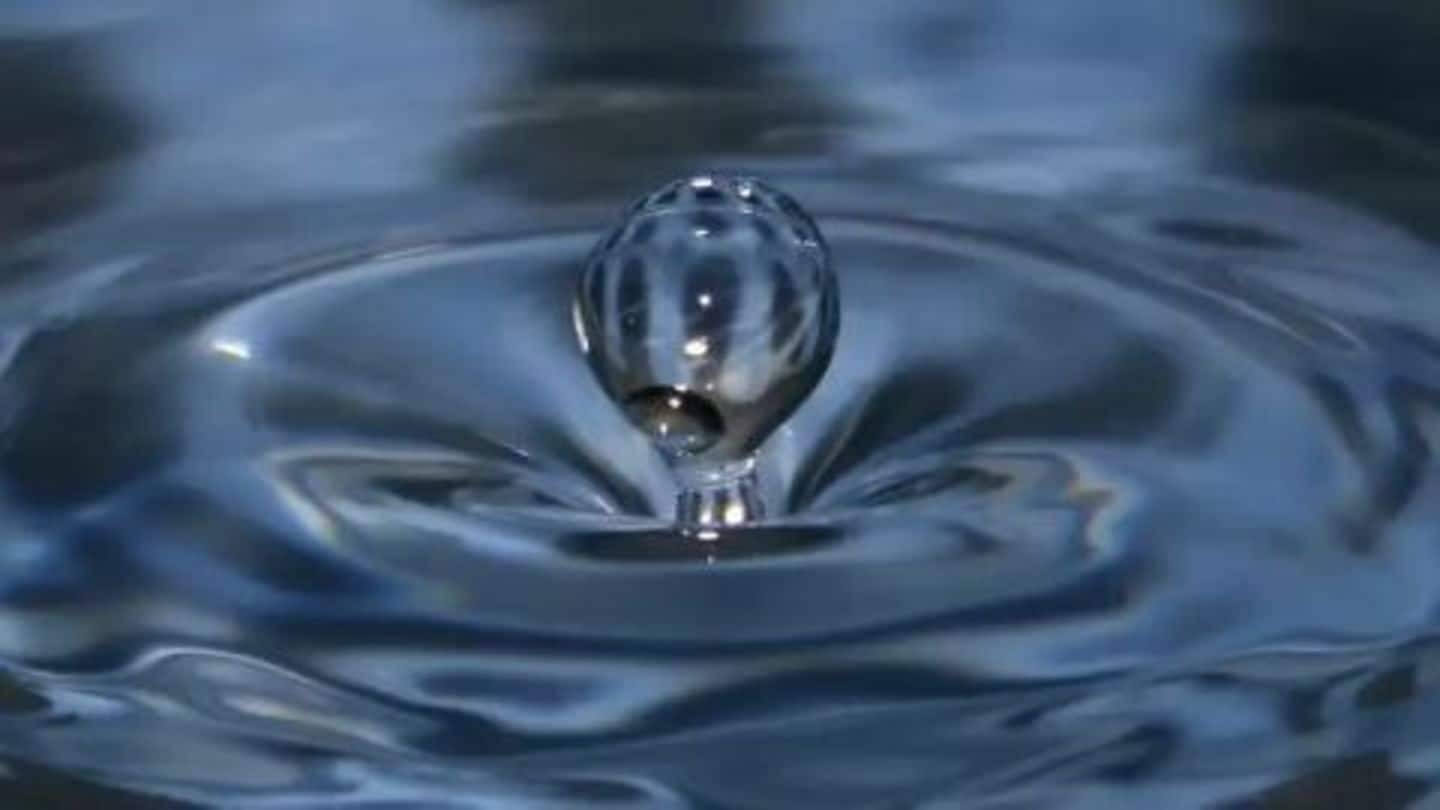
India's largest water conservation program to be crowd sourced
What's the story
The Rajasthan state government has embarked on the country's largest water conservation program.
The Mukhyamantri Jal Swavalamban Abhiyan will cover more than 21000 villages to make them self reliant in water.
3500 villages will be covered in the first phase (Jan-Jun'16) and will require Rs.3600 crore out of which Rs.2400 crore will come from the state government and the remaining would be crowd sourced.
Data
Rajasthan: A glimpse
The state of Rajasthan, located in North-Western India, covers 10% of India's landmass, has 5% of India's population but has just 1% of country's water resources.
Need
Why is MJSA required?
Rajasthan is the driest state in India with 60% of its area occupied by the Thar desert.
The state is water scarce with a per capita availability of water of 600 m3/year, much below the water scarcity threshold of 1000 m3/year.
With increasing population, availability of water reduces, causing acute shortages and water crises.
The Mukhyamantri Jal Swavalamban Abhiyan aims to improve these conditions.
About
What is MJSA?
The Mukhyamantri Jal Swavlamban Abhiyan (MJSA) aims to make Rajasthan self-sustainable in water by conserving and harvesting rain water.
It envisions to increase Rajasthan's area under irrigation and make villages self-sufficient in drinking water by adopting water budgeting through community participation.
The program works in a bottom-up manner such that most of the planning and execution happens at the grassroot level.
Features
What makes MJSA special?
MJSA has an online crowd-funding portal where contributions are accepted and people can even adopt a village or lake to contribute.
The Chief Minister herself has donated 6 months of her salary for the purpose.
A campaign 'Chalo Rajasthan' will be launched to encourage non-resident Rajasthanis to contribute.
The campaign has already garnered Rs.7 crore through crowd-funding on the first day of its launch.
Personal
Focus on all 4 water sources
MJSA intends to overcome the shortcomings of previous water conservation schemes by converging them on a single platform for better coordination and conserving all 4 water sources - rain, surface, underground and soil moisture.
Quote
Model adopted from Maharashtra
"The MJSA was envisioned after looking at a similar pattern adopted by Maharashtra, where 8 water scarce districts became water sufficient after adopting this model," Vasundhra Raje, Rajasthan CM.